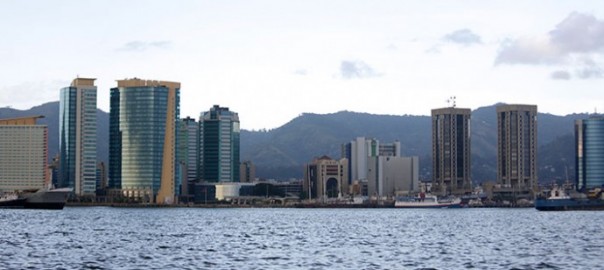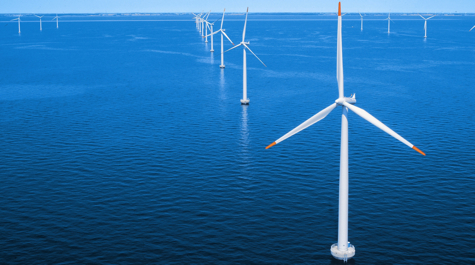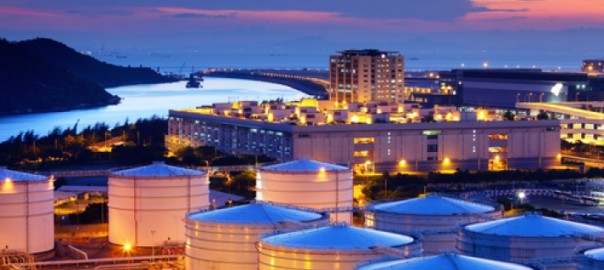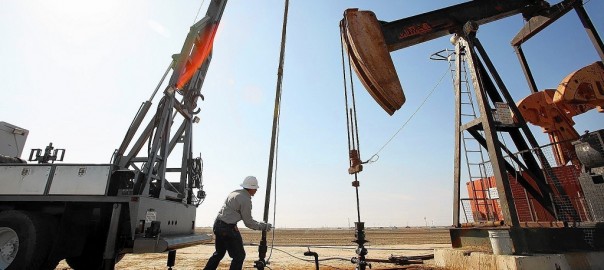For a foreign law firm, Israel is no easy market to crack.
Israel is the ‘Lawyers’ Nation’, a country which boasts 126 lawyers per capita, with no signs of a slowdown.
Imagine: for every couple of public buses that goes past, there’s one lawyer. Attend a ball game? Probably three dozen lawyers in the stands. Someone hit your car when sitting in traffic? Put your head out the window and call for a lawyer – you’ll get a couple of quotes before the lights change. We’re being facetious; still, competition for a slice of the Israeli legal pie is cutthroat.
Add to that: Israeli legal fees are extremely low by international standards.
In Israel, a lawyer works the same long hours as their EU or US cousins, and earns a third or even a quarter of the fees. A legal intern might bill $75 per hour, and at higher rungs of the ladder, $250 per hour is considered not-too-bad of a deal for associates and partners.
In some sectors of Law, dog-eat-dog competition has lawyers scrapping for minuscule margins. In real estate, some firms charge a trifling 0.5% of transaction values. Great for buyers, virtual suicide for lawyers.
No Accounting for Taste
You’d think heavy competition and low fees would chase away foreign law firms.
Think again.
Actually, more than 85 foreign law firms operate inside Israel. In 2012 new legislation opened the door to non-Israeli firms, allowing them to practice laws of their country of origin without needing to join the Israel Bar Association.
Early arrivals were Greenberg Traurig from the US and London’s BLP (Berwin Leighton Paisner), both in 2012. It’s almost as if they were bursting for the chance to get into the Start-Up nation.
There’s been an explosion of foreign activity; large firms such as Skadden Arps Slate, Freshfields Bruckhaus Deringer, Linklaters, White & Case, and DLA Piper recently entered the Israeli market.
Mid-size firms are following suit, sometimes from unexpected countries: Ireland, Poland, Belgium, Cyprus, and Greece have turned their eyes to Israel. For some firms, presence is simply a desk occupied by a visiting partner, perhaps half a week in the month. For other, braver firms, a presence inside Israel means serious investment of money and human resources.
Yingke, China’s second-largest law firm, has made heavy inroads into Israel. Through a merger, they assembled Yingke Israel in 2013, partnering with local Israeli firm Eyal Khayat Zolty Neiger & Co (who specialize in high-tech, venture capital and corporate legislation).
It’s no accident a Chinese firm has become so prominent – here’s a clear reflection of Israeli government encouragement of stronger ties with China and Southeast Asia.
There’s something in the water
Look hard enough and you’ll find plenty of opportunities for foreign law firms.
Famously fueled by high-tech and biotech, there’s more to the Israeli market than meets the eye. Foreign investors take active interest in local industries such as food, insurance, defense and, most recently, natural gas.
As mentioned, in the Holy Land, fee rates tend to favour the client; there’s nothing too special about servicing average deals in these industries. However, from time to time a treasure chest drops, for example, in the form of massive outbound and inbound international M&A deals.
Hot sectors of the Israeli Economy
Tech
As far as High Tech is concerned, Israel remains a world leader. In 2013 a total of $380 million (USD) was raised by Israeli start-ups, of which 25% went to internet companies.
Historically, Israel has played a major role in global technological developments, with Intel’s Israel Development Centre in Haifa developing the 8088 chip used for the IBM PC, plus the game-changing Pentium and Centrino chips.
There’s big money in Israel’s App niche. The $1.1bn takeover of navigation technology-maker Waze Mobile by Google is a prime example. Waze Mobile’ 100 employees received a reported $120m. And the lawyers didn’t do too badly, either. Any firm taking a percentage on such a deal stood to earn handsomely.
Another Israeli navigation app, Moovit, transformed the way people use public transport, providing real-time travel information about buses and trains. The funding round was closed in 2013, at $28 million (USD). Not bad returns on a few blips on a moving screen!
Cyber
Surrounded by hostile neighbors for 60-odd years, it’s no surprise that Israel makes considerable military and security investments. Lately, much has been made of Cyber security, the front line in the military-industrial merry-go round.
Cyber-Security is another profitable area for Israeli business, where canny lawyers can take a lion’s share of upside. The country boasts a newly-established National Cyber Defense Authority, described by Prime Minister Binyamin Netanyahu as an ‘air force’ to protect facilities, security agencies and civilians against cyber attacks.
This compliments the existing Israel National Cyber Bureau, created in 2011, which defends business and infrastructure. The Authority and Bureau now operate in close tandem, and wield real financial and political clout.
The sector has had significant benefits for Israel, with a recent spike in commercial activity. In November 2014 Aorato – an Israeli hybrid cloud security startup – was purchased by Microsoft for an estimated $200m (USD). In September 2014 CyberArk, Israel’s largest privately-held cyber company went public on NASDAQ, reflecting a valuation just shy of $0.5 billion (USD).
Energy
Elsewhere in the economy, the energy sector is also booming. This is largely down to discovery of two major natural gas reserves off the Mediterranean coast: Tamar (2009), the larger Leviathan (2010), the latter being the largest gas field in the Mediterranean Sea. At 622 billion cubic metres, Leviathan reserves are too large for Israeli domestic use alone. Supplying this gas abroad will create an entirely new revenue stream for Israel. Naturally there are disputes between private sector and government-backed, concerning how best to divide the cake.
Real Estate
In Tel Aviv property prices are rocketing. The city’s prime residential property market grew 75.4 % in the five years to the first quarter of 2014, according to a report by Knight Frank. Having said that, the International Monetary Fund warns: this bubble ready to burst.
Despite the huge volume of work, legal fees on real estate deals have hit rock-bottom – sometimes less than 0.5 per cent of the transaction value. The Israel Bar Association pushed for a minimum legal fee on property transactions to prevent ridiculously low undercutting. As yet, this hasn’t budged an inch.
Foreign Takeovers
On the horizon is the serious prospect of lucrative foreign takeovers of Israeli firms. In 2015 a law was passed, forcing conglomerates to sell assets, part of a broader Israeli domestic war on monopolies.
One headline-making deal was Chinese state-owned Bright Food buying a 56% stake in major Israeli food maker Tnuva in May 2015 for $960m (USD) from UK private equity group Apax Partners.
Conclusion
Business in Israeli is never a walk in the park, especially for lawyers. A small competitive market with low fees never sounds as the best business plan for a law firm.
Having said that, Israel still manage to become an incredibly attractive piece of land, with industries that are in constant growth and development, offering a dynamic technological world that has much to offer to the world.
The uniqueness of Israel lies mainly on its people’s spirit of enterprise; the desire to create new and profitable ventures, tenacity in driving ideas through to delivery, sheer will power, and the relentless wish to cut inefficiencies. There’s an energy and optimism in this little country that’s hard to beat.
Israelis drive a hard, bargain and are deeply skeptical. There are many cultural barriers to overcome, not least of which a fierce independence, and lack of trust in outsiders. Israelis exude the sense ‘we know best’, even when the facts scream loudly to the contrary.
Crack past the hard ‘sabra’ shell, through to the warm, soft fruit, and you’ll find fertile soil in Israel for a patient, perhaps slightly adventurous, legal mind.
About Robus:
- As Israel’s leading legal marketing consultants, Robus see its outbound services to foreign law firms as part of the company’s DNA.
- Representing a full spectrum of Israeli law firms, from boutique to Israel’s largest law firms, Robus is a valuable strategic partner for foreign law firms asking to obtain a foothold in Israel.
- Robus consult many foreign law firms, among others – US law firms, European law firms from the UK, Germany, France and east Europe, all asking to provide legal services in Israel.
- With a team of native English speaking jurists and lawyers, rich business experience and in-depth acquaintance with the Israeli legal market, Robus is the perfect starting point from which your law firm can set sail for new opportunities in Israel.
- Founder of Robus, Adv. Zohar Fisher is a vastly experienced strategic and business advisor, and a commercial lawyer who has been practicing Legal Marketing for many years, inter alia, as the business development manager of one of the leading and largest Israeli law firms.










